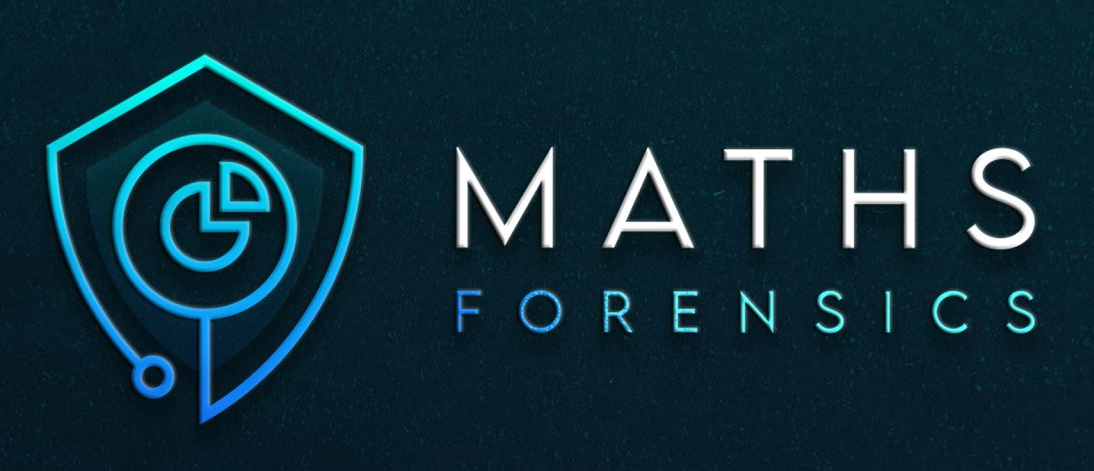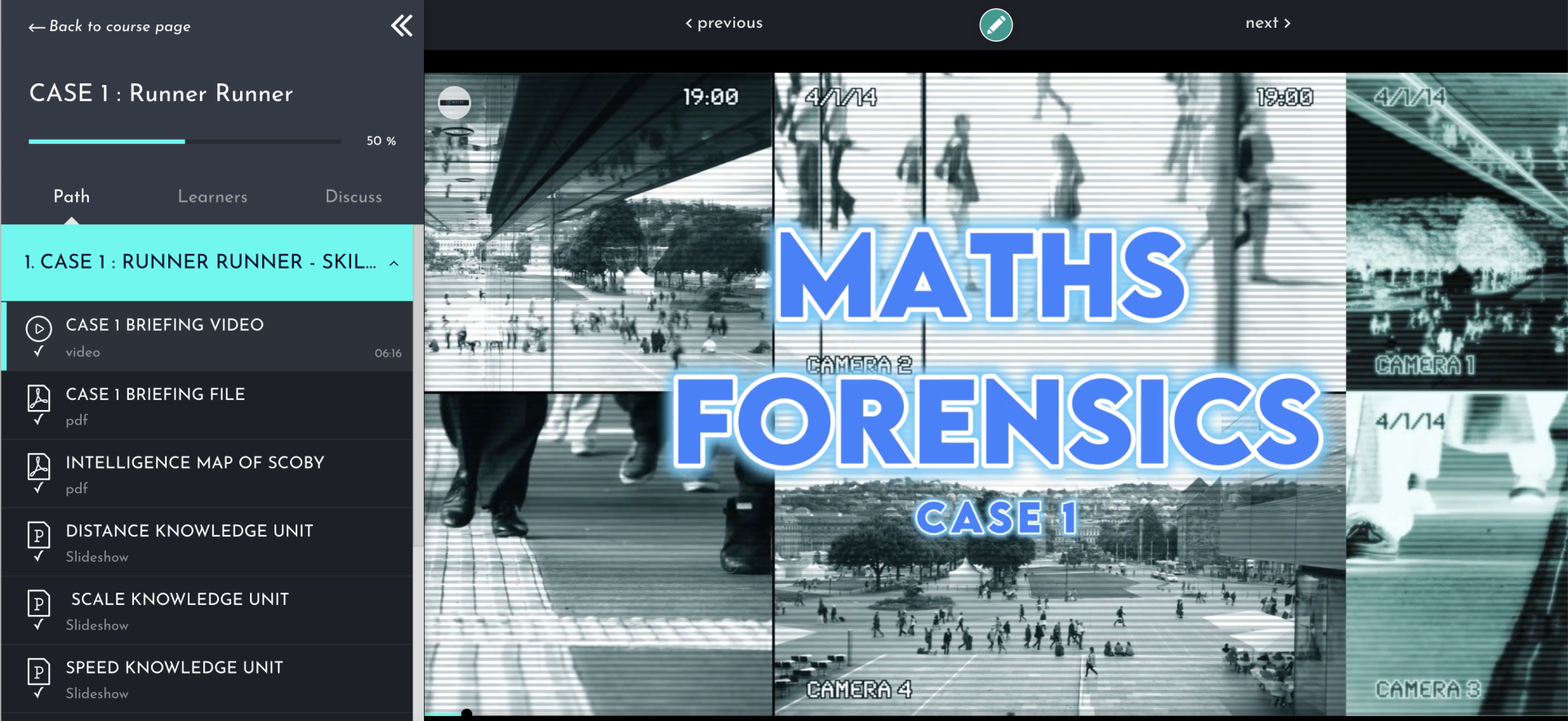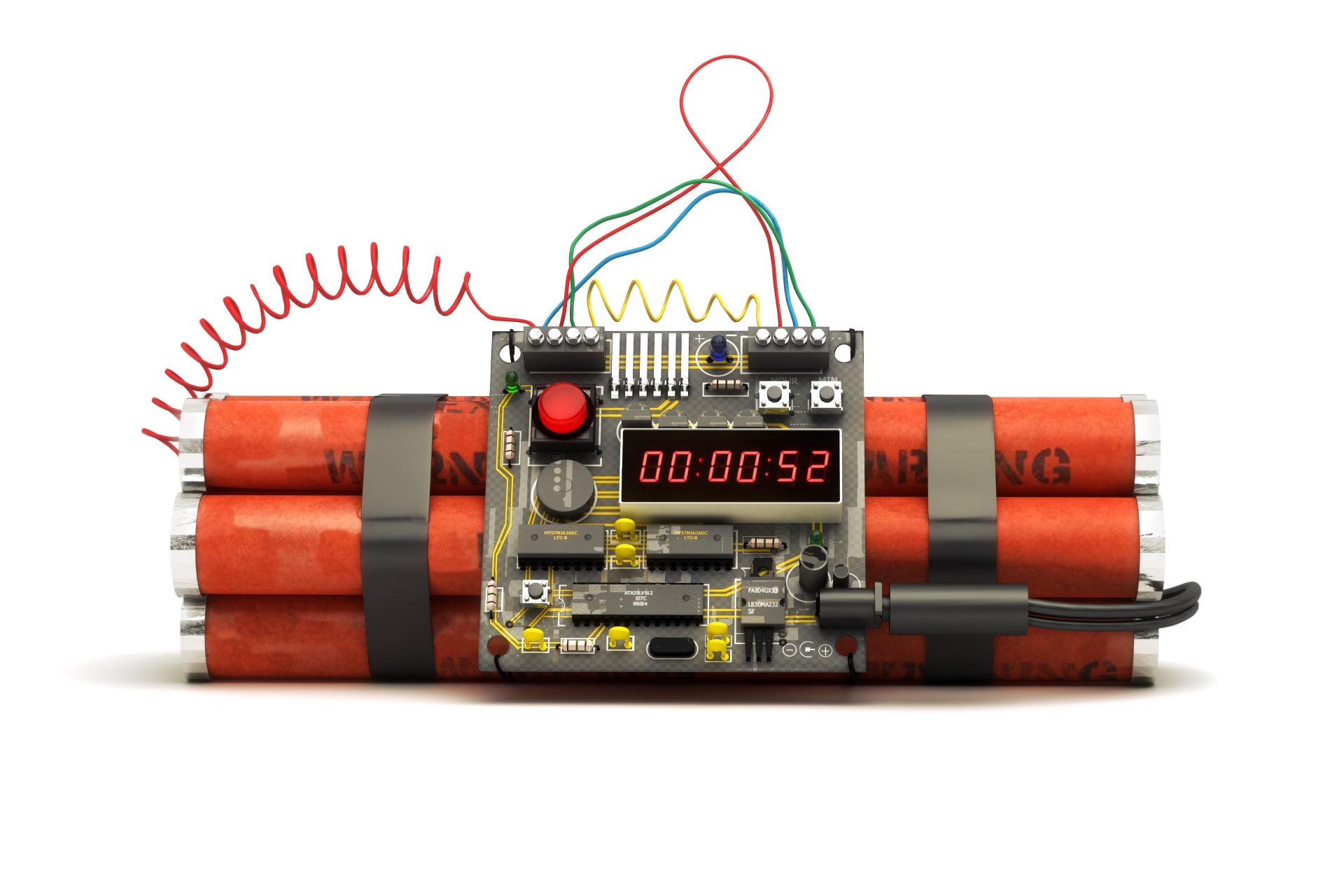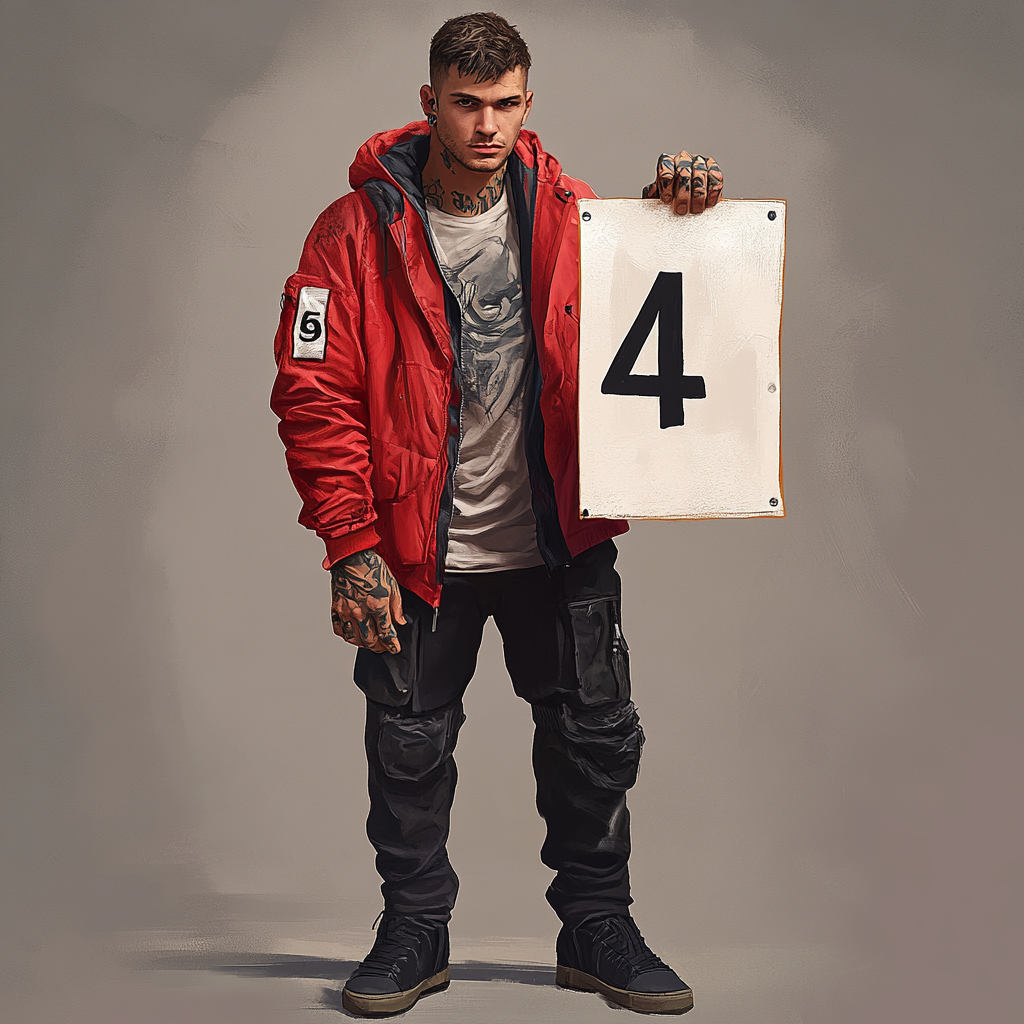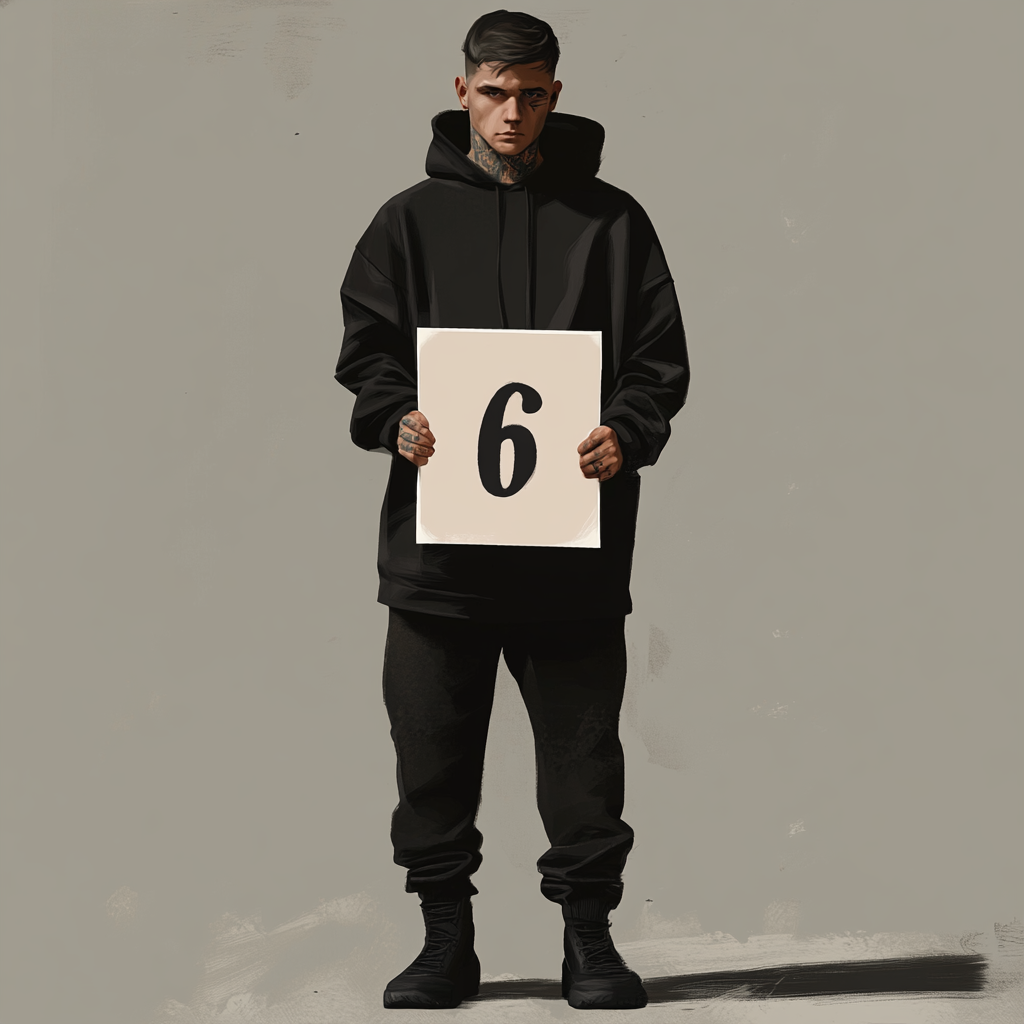Write your awesome label here.
Escape the MATHS Textbook,Enter the Crime Scene
Escape the Textbook,
Enter the Crime Scene
Learn Mathematics by solving realistic crimes
Ditch the worksheets and step into the shoes of a forensic investigator.
Maths Forensics is a completely different way to learn maths — designed for students aged 12 and up who want more than worksheets and formulas. Each case turns maths into a mystery, where every calculation helps crack the case.
✅ Apply maths to realistic crime scenes
✅ Strengthen your problem-solving and critical thinking
✅ Learn how maths is actually used in the real world
Think like a detective. Solve like a mathematician. 🎯 Ready to put your skills to the test? Try a free case and start your first investigation today.
✅ Apply maths to realistic crime scenes
✅ Strengthen your problem-solving and critical thinking
✅ Learn how maths is actually used in the real world
Think like a detective. Solve like a mathematician. 🎯 Ready to put your skills to the test? Try a free case and start your first investigation today.
TRY A MINI CASE USING PROPORTION
TRY A MINI CASE USING PROPORTION
DEVELOP ANALYTICAL THINKING
Solving a case requires more than just calculations—it demands logical reasoning, pattern recognition, and the ability to interpret complex data. By thinking like a detective, learners develop the ability to break down problems, construct mathematical models, and make evidence-based decisions.
"Learn through the problem not through the concept"
Mathematics is more than just numbers and equations — it is the key to solving mysteries, detecting patterns, and uncovering the truth.In forensic investigations, every measurement, calculation, and probability analysis matters.Maths Forensics immerses learners in investigative scenarios where mathematical reasoning is the primary tool for cracking the case. Through this approach, problem-solving becomes practical, relevant, and engaging.
THINK LIKE A DETECTIVE
Analyse forensic evidence and solve cases using Algebra, Number Systems, Data Analysis and Geometry
SOLVE LIKE A MATHEMATICIAN
Maths Forensics replaces passive learning with dynamic, scenario-based investigations.
REALISTiC POLICE INVEsTIGATIONS
Prove beyond reasonable doubt a suspect's innocence or guilt and decide what charges to bring.
Develop Analytical Thinking
Diverse and inclusive learning experience
Maths Forensics introduces learners them to mathematical concepts from around the world through the engaging lens of crime-solving
Engage, Learn Solve
Challenges learners and sharpens their problem-solving skills in an immersive learning experience that is as fun as it is educational.
Real-World Application
Equips students with analytical skills that pave the way for success in academic and career pathways worldwide.
Global
Curriculum
Global Curriculum
Maths content that resonates with High School / Secondary educational standards across the world.
Courses
WHAT ABOUT A CASE WITH PROBABILITY?
WHAT ABOUT A CASE WITH PROBABILITY?
Maths Forensics and Probability: find the Car Thief
Sign up to our mailing list
Thank you!
Find out about new case releases
vote on new cases
tips, deals and offers
